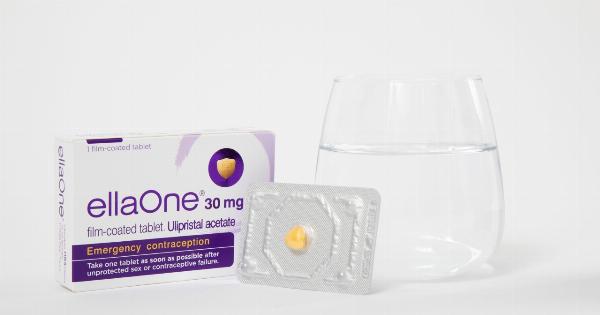Contraception is an important aspect of family planning for both men and women. Its effectiveness is essential to ensure safe and healthy sexual relationships.
However, there are a variety of contraception methods available to choose from, and it can be difficult to determine which one is the most effective for an individual. In this article, we’ll compare the effectiveness rates of different contraception methods to help you make an informed decision about which one may be right for you.
The Pill
The pill is a popular form of contraception that you take daily. There are a variety of different types, but they all work by releasing hormones that prevent the release of eggs from the ovaries.
When taken correctly, the pill is 99% effective at preventing pregnancy. However, there is a margin for error, as missed pills or interactions with other medications can reduce its effectiveness.
The Patch
The patch is a small adhesive patch that you apply to your skin. It releases hormones into your body that prevent ovulation.
It is 99% effective when used correctly, but like the pill, there is some margin for error if the patch is not applied correctly or is disturbed.
The Ring
The ring is a small, flexible ring that you insert into your vagina. It releases hormones that prevent ovulation. When used correctly, it is 99% effective, but it can be difficult to insert or remove for some women.
The Injection
The injection is a shot that you receive every few months. It releases hormones into your body that prevent ovulation. It is 99% effective when used correctly, but missing an injection can reduce its effectiveness.
The IUD
The IUD, or intrauterine device, is a small, T-shaped device that is inserted into your uterus by a healthcare provider. There are two different types: hormonal and non-hormonal.
The hormonal IUD releases hormones that prevent ovulation, while the non-hormonal IUD prevents fertilization by making it difficult for sperm to reach the egg. Both types are over 99% effective and can last for several years.
The Implant
The implant is a small rod that is inserted under the skin of your arm. It releases hormones that prevent ovulation. It is 99% effective when used correctly, and can last for up to three years.
The Male Condom
The male condom is a barrier method of contraception that is placed over the penis before intercourse. It prevents sperm from entering the vagina. When used correctly, it is over 98% effective.
However, human error can reduce its effectiveness if it is not used or stored correctly.
The Female Condom
The female condom is a barrier method of contraception that is inserted into the vagina before intercourse. It also prevents sperm from entering the vagina. When used correctly, it is over 95% effective.
However, like the male condom, human error can reduce its effectiveness if it is not used or stored correctly.
The Diaphragm
The diaphragm is a barrier method of contraception that is placed inside the vagina before intercourse. It prevents sperm from entering the cervix. When used correctly, it is about 94% effective.
However, like condoms, human error can reduce its effectiveness if it is not used or stored correctly.
Sterilization
Sterilization is a permanent form of contraception that involves surgically blocking or sealing the fallopian tubes in women or the vas deferens in men.
It is over 99% effective and is intended as a permanent solution, although it is technically possible to reverse the procedure.





























